Review of the smartphone ASUS ZenFone Live
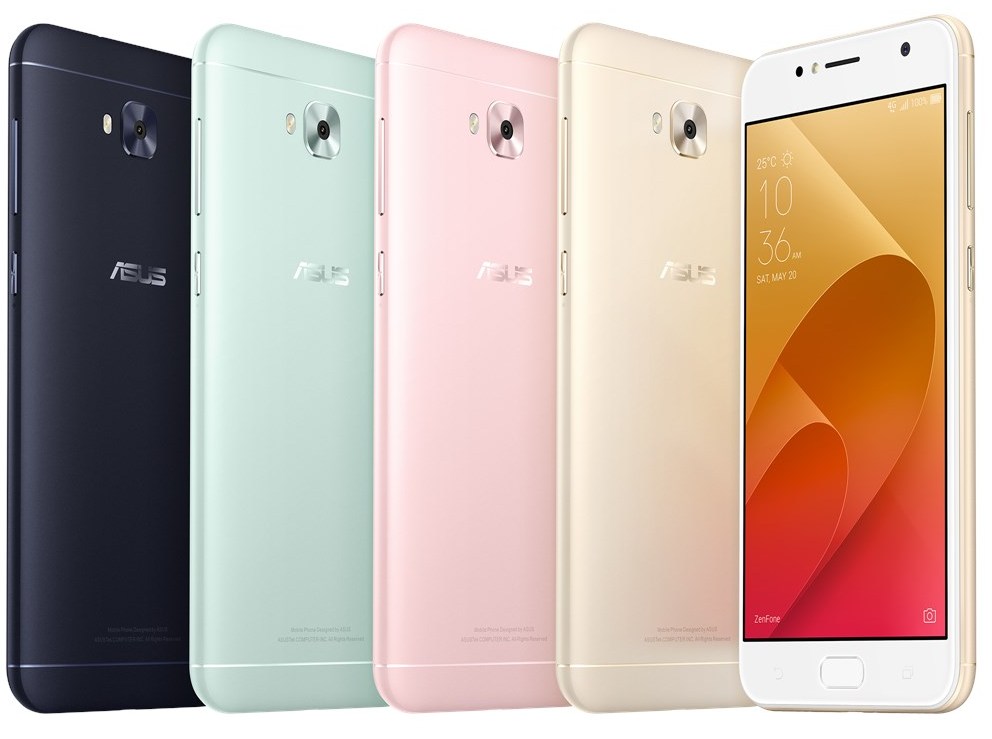
In the summer, the review included an ASUS ZenFone Live smartphone, sharpened for video streaming. At first glance, his audience is not too large, but it turned out that there are quite a few lovers of showing themselves to the world online. So much so that in the fall a successor to the glorious video streaming traditions came out - ZenFone Live (ZB553KL).
Specifications
Operating system : Android 7.1 with ZenUI 4.0 GUI
Processor : Qualcomm Snapdragon 425 (quad-core, 64-bit)
Graphics : Adreno 308
RAM : 2 GB
Data storage : 16/32 GB
Memory card : micro SD up to 2 TB
Display : 5.5-inch, 1280x720, IPS, brightness 400 cd / m2
Cameras :
- Main camera: 13 megapixel
- Front: 13 megapixel, f / 2.0 aperture, LED flash with ambient light
Wireless :
- WLAN 802.11 b / g / n
- Bluetooth 4.1
- Wi-Fi direct
Navigation : GPS, AGPS, GLONASS, BDS
Battery : 3000 mAh, fast charge function
Dimensions : 155.6 x 75.9 x 7.8 mm (H x W x T)
Weight : 144 gr.
AnTuTu specifications 



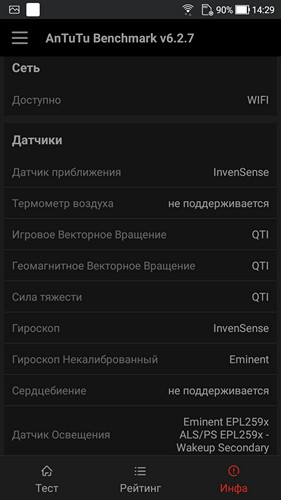







Appearance
If you read the ZenFone 4 Selfie review, you already know what the new Live looks like - these are twin smartphones, differing only in the fact that the latter on the front side is one less eye:


More smart phones do not differ in appearance: the same size, shape of the case, the same protective glass with rounded edges along the perimeter.


Rectangular Home button, combined with a fingerprint sensor.

On the bottom of the smartphone, the MicroUSB connector is surrounded by speaker grilles.


Headphone jack on the top face, which is especially convenient when wearing a smartphone in the inner pocket of a jacket or jacket.
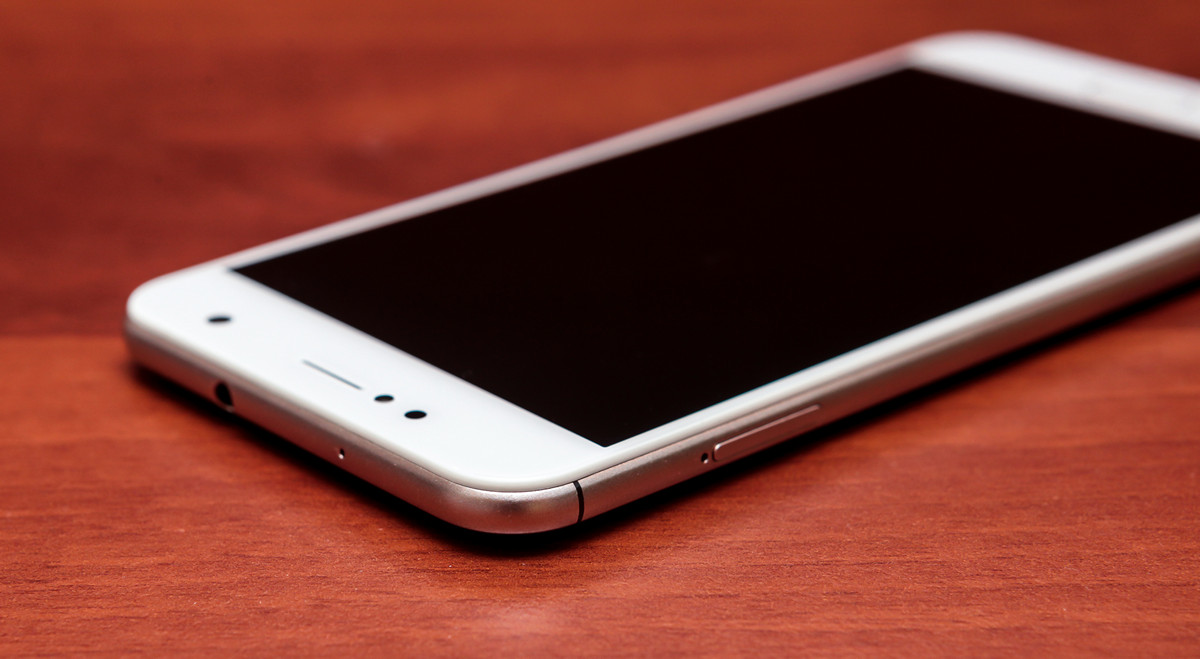
On the left side is a tray for SIM-cards and memory cards.

Fortunately, all three cards are placed in the tray, no need to throw out one SIM card for the memory card. And the power and volume buttons are located on the right side of the smartphone.

The back panel is metallic, with thin decorative strips extending from the top and bottom, separating the dielectric inserts at the ends of the smartphone.
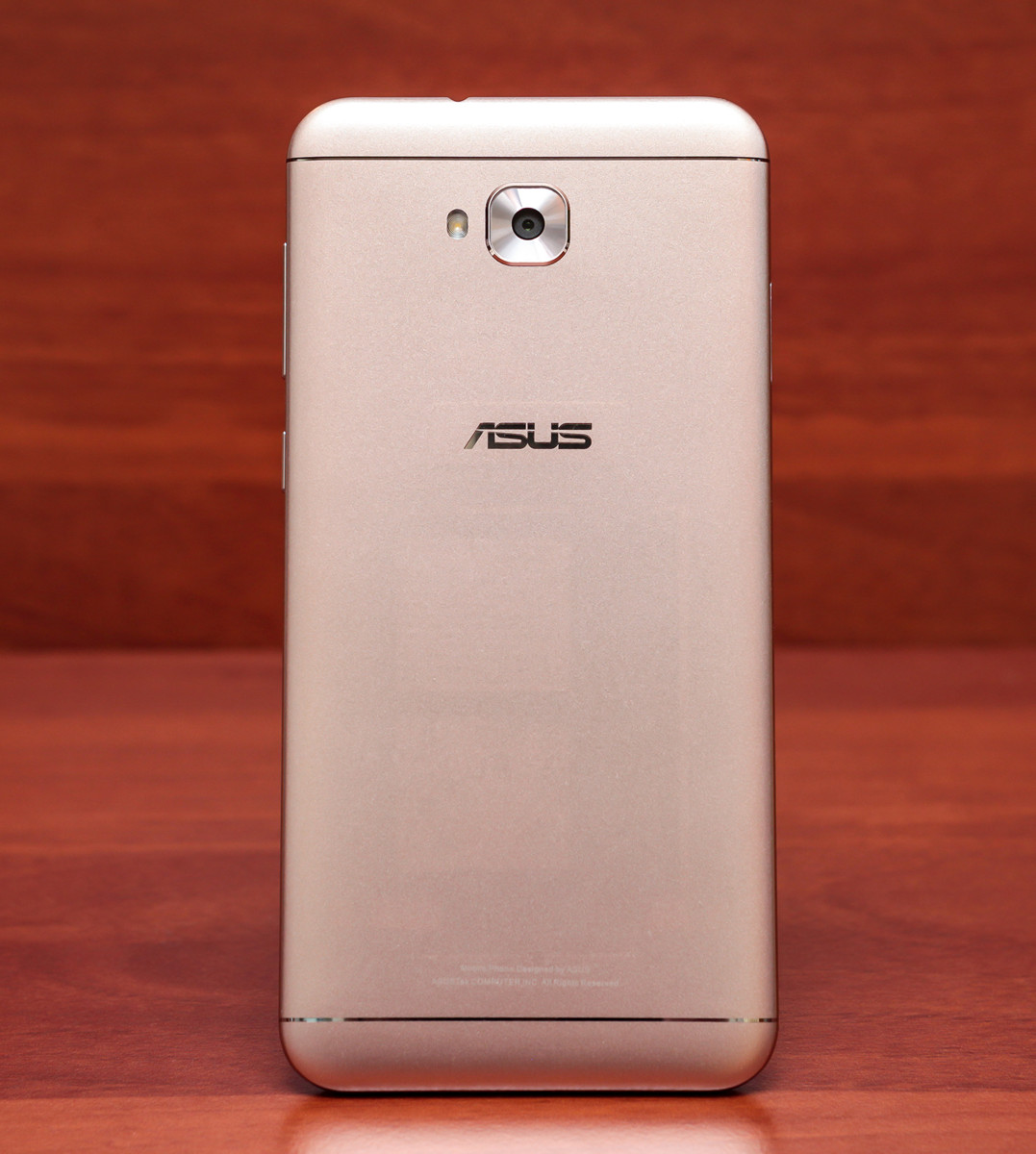

Display
If the external similarity between the ZenFone 4 Selfie and the new Live is almost complete, then the displays are exactly the same - there is a 5.5-inch IPS-matrix with a resolution of 1280x720 and a maximum brightness of 400 cd / m2. The quality of the color rendering of smartphones is also not subjectively different.
Photography
An earlier ZenFone Live (ZB501KL) in the front camera is a matrix with a resolution of 4.9 megapixels, and the new (ZB553KL) - 13 megapixels. In the first case, the camera is optimized for shooting in low light, it has much larger pixels, so that there is less noise, and in the second case, increased the aperture (f / 2.0 instead of f / 2.2) and focused on resolution. There is also a LED flash of diffused light in the front so that you can report without any problems in low light. And the main camera of the new Live is exactly the same as the front one - 13 Mp.
The camera interface is as stylish and ascetic as in the ZenFone 4 smartphones. Manual mode:

And of course, if you wish, you can turn on the BeautyLive proprietary software “enhancer”, which now comes with all ASUS smartphones, regardless of their positioning.

I already described his work in the review of the first Live : this application for post-processing processing of photos and videos. But just keep in mind - this feature additionally spends computing resources, and therefore the battery puts it faster, so with a long broadcast it is better not to get carried away.
Shooting examples 























Software
ZenFone Live is running Android 7.1 with a proprietary graphic shell ZenUI 4.0. So the interface is no different from the same ZenFone 4 Selfie or ZenFone 4 . However, a set of applications, too.

Performance
In ZenFone Live is Qualcomm Snapdragon 425 processor , graphics chip Adreno 308 and 2 GB of RAM. By modern standards it is not so rich, but whatever applications I run, I did not notice any brakes. 16 or 32 GB is available for data storage, so if you like to shoot a lot of videos - what kind of video streaming fan doesn't like that? - it is better to immediately get a roomy memory card.
Benchmark Results
AnTuTu:

GeekBench:


GFXbench:
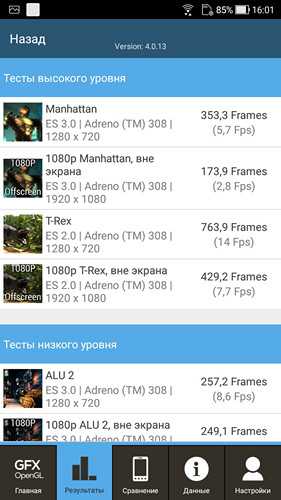

3Dmark:

PCmark:



GeekBench:


GFXbench:


3Dmark:

PCmark:


The battery capacity of 3000 mAh is the same as that of the ZenFone 4 Selfie (amazing, right?). But due to a slightly simpler processor, Live stays on one charge a bit longer than its almost-twin: up to 20% of the battery sits in almost 11 hours, not 10.

Conclusion
The new ZenFone Live came not as a replacement for the previous one , but as a larger model for video streaming. The "small" Live (ZB501KL) display with a diagonal of 5 inches, a front camera with a lower resolution (4.9 megapixels), but less "noisy" when shooting at dusk, in the twilight, the processor is weaker. The new ZB553KL has a 5.5-inch display, the same front and main cameras (13 megapixels each), a more powerful processor (logical, because it can process photos and video of higher resolution), and a much larger memory card is supported (up to 2 TB instead of 128 GB ). And the battery in the new Live is capacious. But at the same time ZB553KL is one third more expensive than ZB501KL.
If your hobby is video streaming, then both ZenFone Live are well suited for the role of a convenient camera, which is always at hand. If you are more likely to shoot not yourself, but others , or you prefer smaller smartphones, then ZB501KL is more suitable for you. But if you prefer to shoot yourself , for example, during reporting, or commenting on some events, it will be more convenient for ZB553KL, which shoots with the same resolution in both directions.
Recommended retail price: 12990 rubles.
All Articles